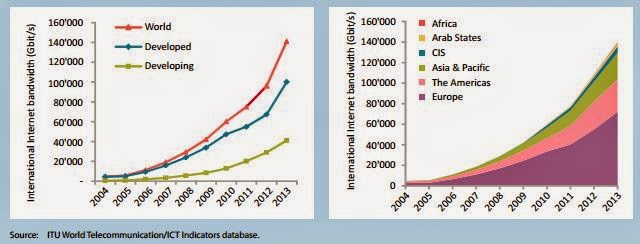An excellent info-graphic on government spending in
The Guardian website from 2010 / 2011 (so from before the government austerity cuts kicked in) shows the breakdown of spending by department, and then broken down further by what each department was spending on. Yes, I know it's The Guardian, but these are UK Government's own
Institute for Fiscal Studies figures.
We have stories about dole scroungers, people unjustly claiming disability allowances and immigrants constantly rammed down our throats by the red-top tabloids, and the 'respectable' media seems blindly to follow whatever moral panic they create.
So, it's worth delving a bit into some context on exactly how big a deal spending on these items actually is to see if it really is a problem worth devoting so many rabid column inches to or not.
You have to click on the link to the
original info-graphic to explore it properly, but let's do a bit of digging by theme, taking each one as a proportion of that total £669.26bn spend:
- "Dole Scrounging is Bankrupting Britain"Job Seekers allowance (£4.5bn) and Income Support (7.8bn) made a total of £12.3bn which is just 1.8% of the total spend. Let's say for the sake of argument that 10% of this was claimed illegally, that would be 0.18% of government expenditure. And that's from before the cutbacks kicked in!
- "Malingerers 'On The Sick' are Costing Taxpayers Dearly"
Disability Living Allowance (£17.2bn) and Incapacity benefit (£7.8bn) made a total of £25bn which is just 3.7% of the total spend. Again, if we say for the sake of argument that 10% of this was claimed unscrupulously then that would be 0.37% of total spend. And that's from before the DWP's Fit For Work assessments kicked in and forced a load of people back into the job market.
- "Immigrants on Housing Benefit are Bleeding us Dry"
Housing benefit cost us £21.6bn which is 3.2% of total expenditure. Assuming 10% of that was claimed by Johnny Foreigner and their brand new flat screen TVs then that would be 0.32% of total government expenditure.
If we add all those speculative 10%'s together, then these much hyped scandals that are supposedly bleeding us dry cost us 0.88% of our total spend at just under £5.9bn. And bear in mind those 10% figures are totally speculative, nobody's suggesting anything like that is really claimed fraudulently.
On the subject of Europe, which is very much in the news thanks to UKIP:
- "The European Commission are Milking us for Every Penny"
Nice try Mr Farage, but payments to the EC came in at £1.3bn which is 0.19% of our total expenditure. We spend almost as much on the World Bank at £926.7m (0.14%) but oddly that never makes the headlines. Incidentally, the spending on our MEPs in the £570m Cabinet Office budget is so small it wont even display in the info-graphic.
So where is the money going? Well £69.8bn (approx 10%) goes on our pensions, £58.3bn (approx 9%) goes on education, £105.6bn (approx 16%) goes on healthcare, £39.5bn (approx 6%) on defence and so on.
To give it some further perspective, we spent more on the Welsh Government than we did on 'dole'. And we spent more on giving ourselves tax credits than we did on disability and incapacity benefits, but you don't hear anybody calling for cutbacks there do you? Strange that....





















